I am trying to implement a many to one model where inputs are word vectors of size d . I need to output a vector of size d at the end of LSTM .
In this question , it is mentioned to use(for a many to one model)
model = Sequential()
model.add(LSTM(1, input_shape=(timesteps, data_dim)))
I am still doubtful about how to specify input and more importantly output dimensions in the keras model
